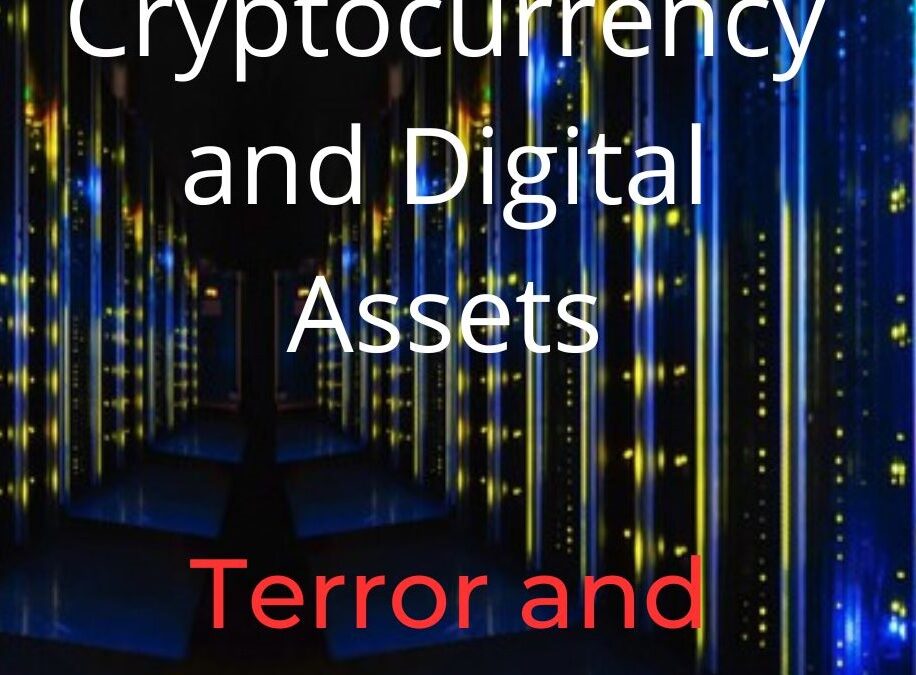Cryptocurrencies soar in value, plunge, hit new highs, are written off, rebound, and hit new highs again, and the cycle repeats. We should be terrified.
Over the last five years, cryptocurrencies such as Bitcoin and Ether have outperformed the overall market. However, can the general trend of outperformance last, or will these digital assets drop over 90% like some of its other crypto brethren? Is there a sustainable performance that creates the foundation for either a new currency or a valuable asset class?
Probably not. Forces that drive these eye-watering returns seem to be the same as those that drove the social media-driven insanity behind meme stocks such as GameStop. We are seeing social media mobs controlling demand to a limited supply, creating price spikes that look attractive to any speculative investor. Unfortunately, demand can dry up quickly and the price subsequently falls through the floor.
The volatility is hard to gauge. It fizzled once and recovered and fizzled again and then somewhat recovered. Is any of this sustainable?
It may not matter. There is something more fundamentally valuable happening with digital assets. Distributed ledger technology, otherwise known as blockchain, radically simplifies financial markets and more importantly, fundamentally changes market infrastructure. While this will take time, regulatory requirements, and undoubtedly government cooperation for these changes to truly materialize, digital asset technology enables the decentralization of critical data to entirely new financial systems and capital flows without the need for traditional intermediaries. In other words, the entire global financial infrastructure as we know it today. This is a real disruption and has the potential to create enormous value.
In this book, I will explore the role of digital assets, cryptocurrency, distributed ledgers, and the future of capital markets. While crypto may not be a currency, it is an emerging asset class that needs to be understood, its speculative nature unpacked, and its prospects analyzed. It may not be the revolution its creators hope for, and it hardly seems a financial revolution, but it is pervasive enough to warrant analysis and understanding.
Decentralized finance can disrupt global finance but only if private financial systems and central governments cooperate. This seems unlikely – sworn enemies understanding the greater good is rare (mostly in novels). But a cooperative relationship between decentralized and efficient financial structure and government systems, regulations, and central banks with stable currencies is absolutely necessary. I will explore this idea in detail, including the concept of a digital central bank. While we understand that bureaucratic governments lack initiative, creativity, and foresight, central banks and governments armed with simplicity, clarity, and algorithms may add efficiency, access, and global interconnection enabling an improvement to the quality of life of most people whether they have bank accounts or not.
Financial markets ruthlessly sort nonsense from substance. Volatility and existential threats have been brutal and extreme for digital assets and the reckoning for crypto has been predicted for some time. However, digital assets are not on their way to history’s dustbin.
Reality is more nuanced, and I try to provide a more detailed analysis since a broad brush hardly seems appropriate. The weakest and craziest portions of the crypto world have been exposed as nothing more than silliness. But some valuable components remain resilient and offer tremendous opportunity. I will explore these in detail.
There is more cause for optimism than pessimism among the best and the brightest. We will explore these opportunities while harshly dismissing the hype and silliness – avoid the terror of a worthless market.
Cryptocurrency and Digital Assets: Terror and Opportunity

